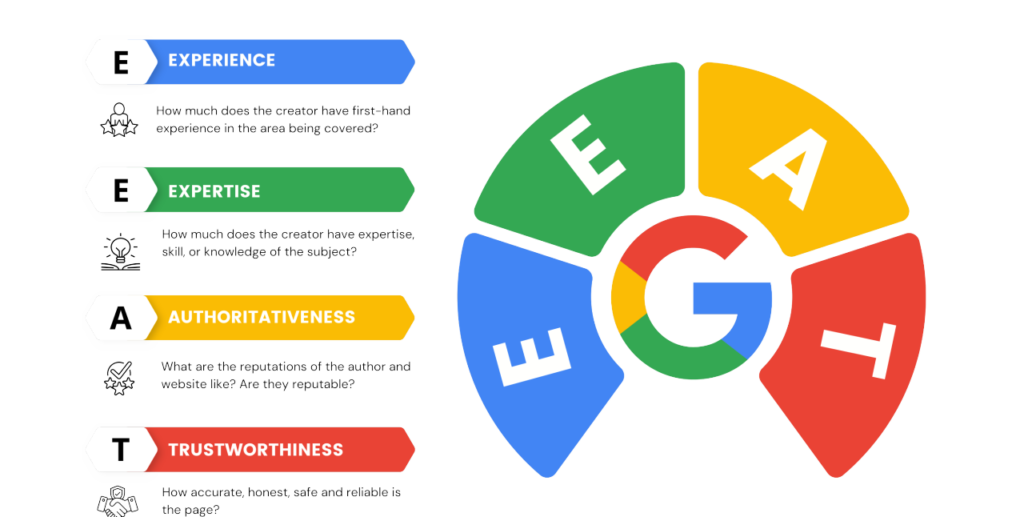What is Augmented Reality?

Augmented reality (AR) is a technology that superimposes digital information and images onto the real world, enhancing the user’s experience and interaction with their environment.
How Does Augmented Reality Work?
AR works by using a device’s camera to detect the user’s surroundings and overlay digital information and images in real-time.
Types of Augmented Reality
– Marker-based AR: Uses a physical marker to trigger the display of digital information.
– Markerless AR: Uses machine learning algorithms to detect the user’s surroundings.
– Superimposition-based AR: Overlays digital information onto real-world objects.
– Projection-based AR: Projects digital information onto a surface.
Applications of Augmented Reality
– Gaming: Immersive gaming experiences with interactive environments.
– Education: Interactive learning experiences for students and professionals.
– Healthcare: Training and simulation for medical professionals.
– Retail: Enhanced customer experiences with virtual product demonstrations.
Benefits of Augmented Reality
– Increased engagement and interaction
– Improved learning and retention
– Enhanced customer experiences
– Increased efficiency and productivity
Real-World Examples of Augmented Reality
– Pokémon Go: A markerless AR game that brought AR to the masses.
– IKEA Place: An app that allows customers to see furniture in their home before making a purchase.
– Google Maps: Uses AR to provide users with directions and information about their surroundings.
FAQs
Q: What is the difference between augmented reality and virtual reality?
A: AR enhances the real world, while VR creates a completely artificial environment.
Q: Do I need special glasses or a headset to experience AR?
A: No, most AR experiences can be accessed through a smartphone or tablet.
Q: Is AR only for gaming?
A: No, AR has various applications across industries, including education, healthcare, and retail.
Q: What devices can I use to experience AR?
A: Most smartphones, tablets, and smart glasses can be used to experience AR.
Q: Is AR only for gaming?
A: No, AR has various applications across industries, including education, healthcare, retail, and more.
Q: Can AR be used for educational purposes?
A: Yes, AR can enhance learning experiences and increase engagement and retention.
Q: How does AR work in healthcare?
A: AR can be used for training, simulation, and patient care, improving accuracy and efficiency.
Q: Can AR be used in retail?
A: Yes, AR can enhance customer experiences, allowing them to virtually try products and see product demos.
Q: Is AR secure?
A: AR security depends on the application and data being used, but most AR experiences have robust security measures in place.
Q: What is the future of AR?
A: AR is expected to become increasingly prevalent in various industries, with advancements in technology and hardware.






